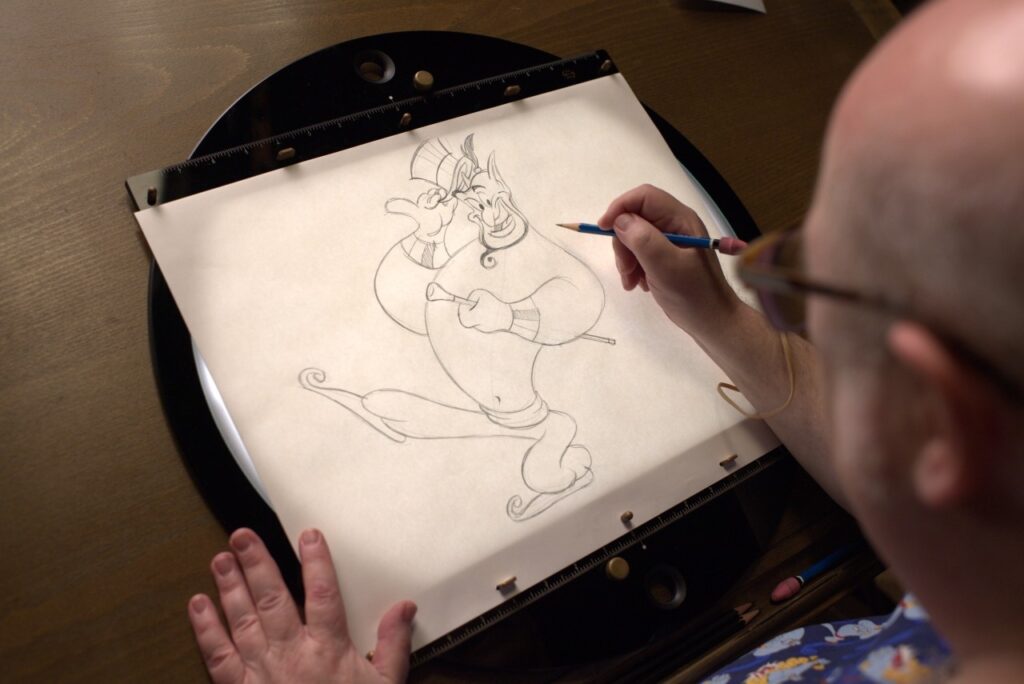The video game industry is rapidly growing and becoming more immersive and visually stunning. Game art and animation are crucial components of successful games that bring them to life and fully immerse players in virtual worlds. The creative process of game art and animation involves conceptualization, creating concept art, pre-production, production, and post-production. The graphics engine is developed in pre-production, and the game’s art and animation come to life in production. The final tweaks and adjustments are made in post-production, and additional content may be created. The process requires close collaboration between game developers, artists, and animators to create engaging visual experiences.
From Sketch to Screen: The Creative Process of Game Art and Animation
The video game industry is one of the fastest growing entertainment industries in the world. The demand for new games has never been greater, and developers are constantly seeking ways to create games that are immersive, engaging, and visually stunning. One of the key components of any successful game is its art and animation. These are the elements that bring a game to life and allow players to become fully immersed in the virtual world. In this article, we’ll take a deep dive into the creative process of game art and animation, exploring how games are made from concept to completion.
Conceptualization
The first step in creating any game is coming up with a concept. This can take many forms, ranging from a simple idea to a fully fleshed-out game design document. In the conceptualization phase, the game’s art and animation are still a long way off. Instead, the focus is on creating a story, characters, and gameplay mechanics that will drive the game’s development.
Once the basic concept has been developed, the next step is to create concept art. This is where the game’s visual style and tone start to take shape. Concept artists will work closely with the game’s designers to create character designs, environments, and other visual assets. These early stage designs will help to establish the game’s look and feel, which will in turn influence the art and animation that follows.
Pre-Production
With the game’s core concept in place and the initial concept art completed, the development team moves into pre-production. This is where the game’s mechanics and systems are designed, and the visual style of the game is refined. Animation and art are still not the primary focus at this stage, but they are a crucial part of the process.
The pre-production phase is where the game’s graphics engine is developed. This is the underlying technology that will allow the game to render 3D graphics and animations in real-time. It’s also where the game’s assets are created. These can include character models, environments, lighting effects, and other visual elements. Game developers will work closely with artists and animators to ensure these assets are optimized for the game’s engine, while still maintaining the desired look and feel.
Production
Once pre-production is complete, the development team moves into the production phase. This is where the game’s art and animation really start to come to life. Character models are rigged and animated, environments are populated with interactive objects, and special effects are added to enhance the game’s visuals.
In the production phase, artists and animators work closely with the development team to create a cohesive and immersive visual experience. They are responsible for everything from creating textures and lighting effects to designing user interfaces and cutscenes. The goal is to create a seamless and engaging experience that draws players into the game world.
Post-Production
Once the game’s art and animation have been completed, the development team moves into the post-production phase. This is where the final tweaks and adjustments are made to ensure the game is polished and ready for release.
During post-production, artists and animators will continue to refine the game’s visuals, fixing any bugs, and making adjustments based on feedback from playtesting. They may also work on creating additional content, such as downloadable content or expansion packs that can be released after the game’s launch.
Conclusion
The creative process of game art and animation is complex and multifaceted. It can take years to create a successful game, and the art and animation are a crucial part of the process. From the initial concept and concept art to the final tweaks and adjustments, game developers must work closely with artists and animators to create immersive and engaging visual experiences that draw players into the game world. With the growth of the gaming industry showing no signs of slowing down, we can expect to see more and more stunning games that push the boundaries of what is possible in terms of art and animation.
